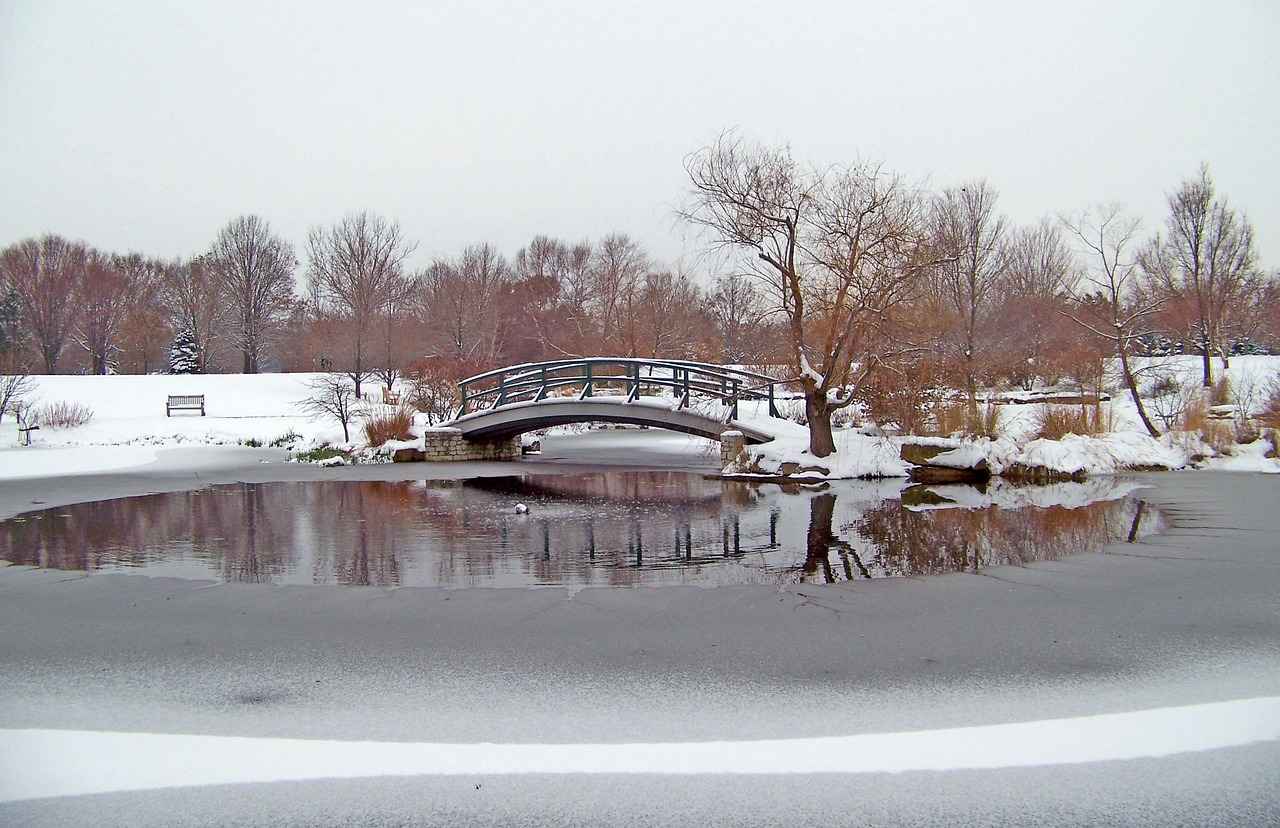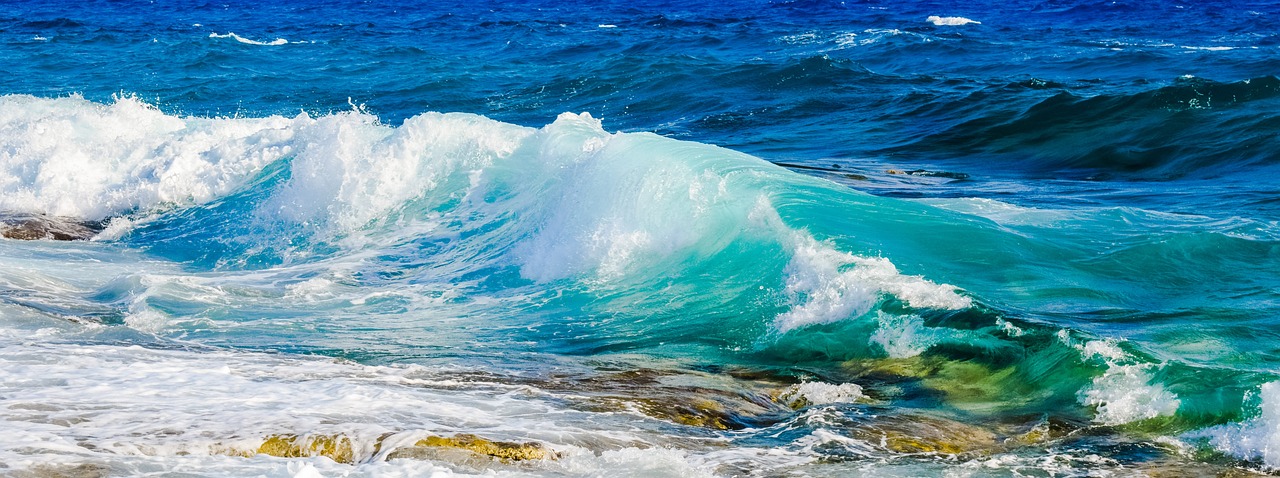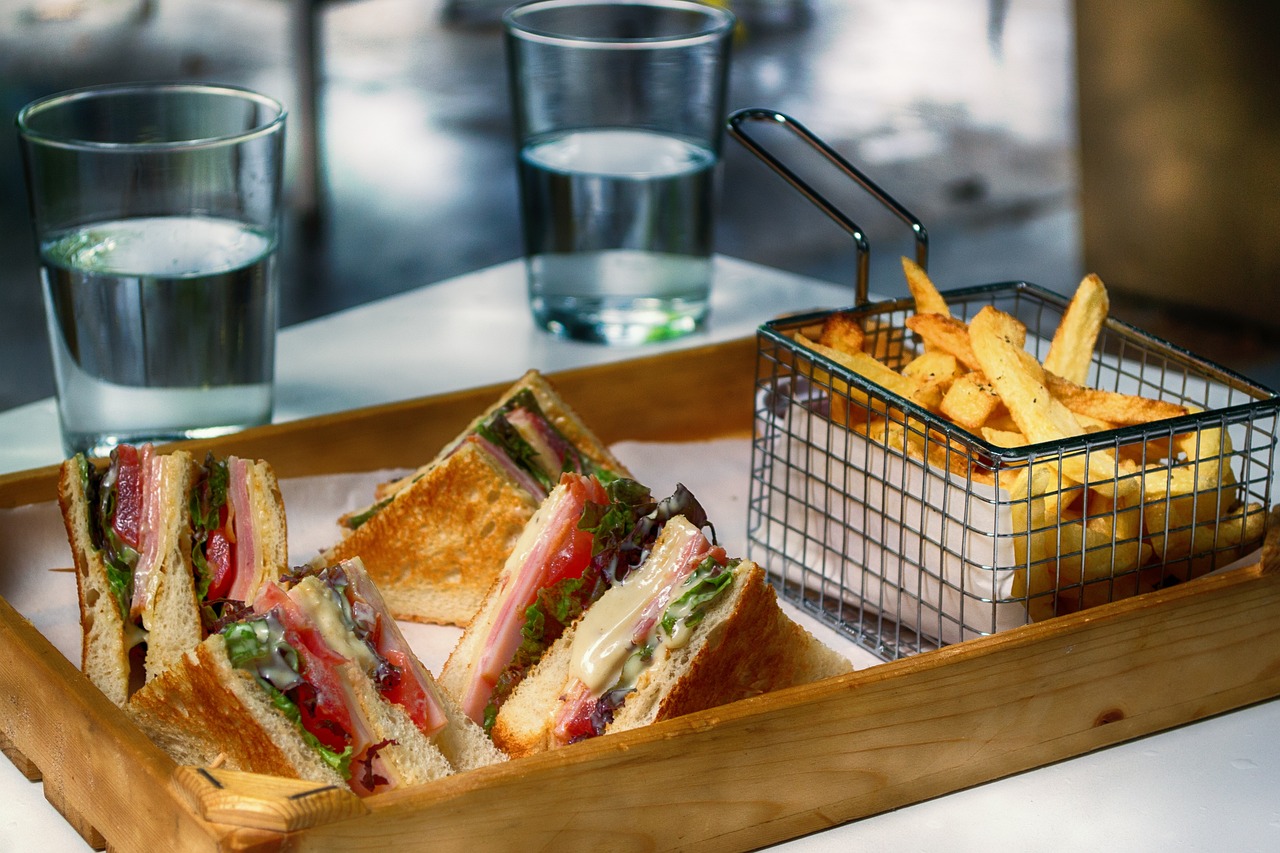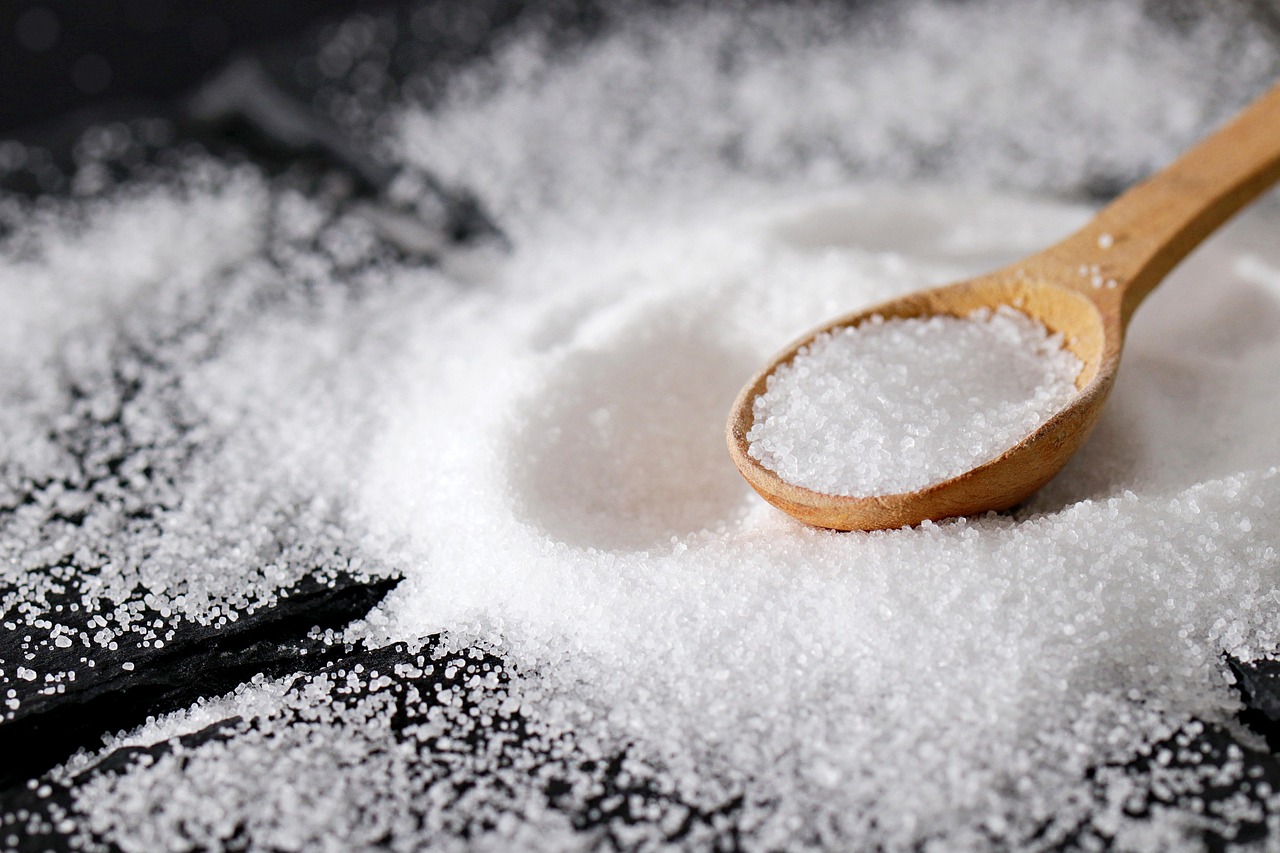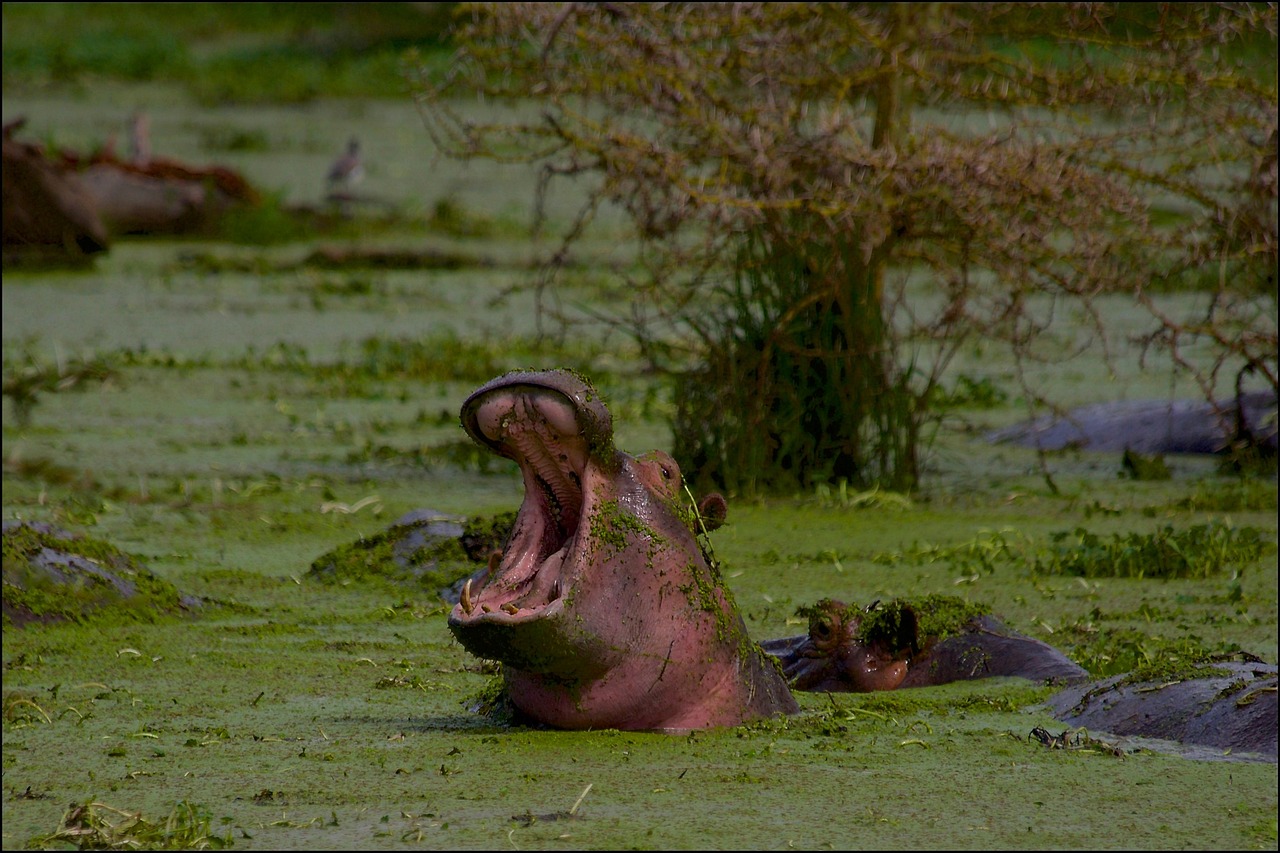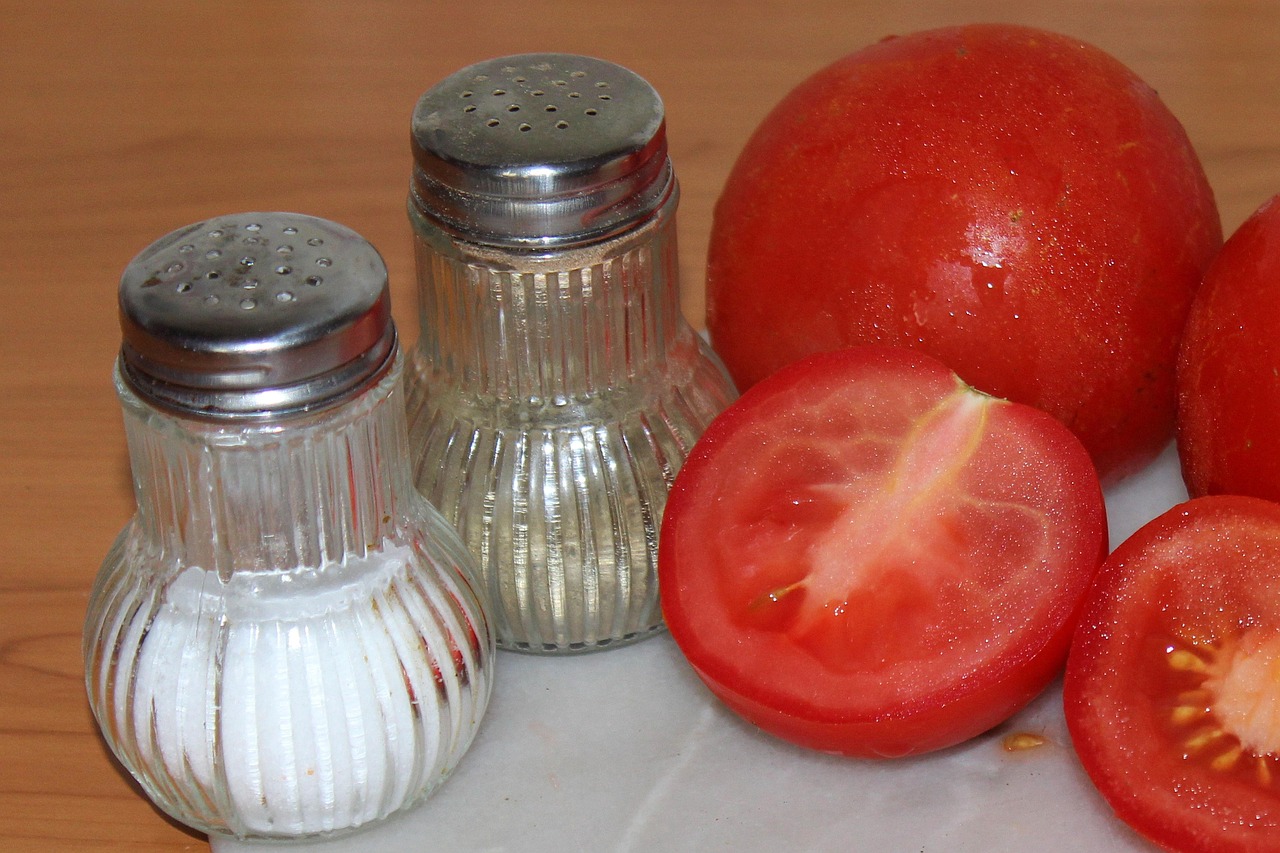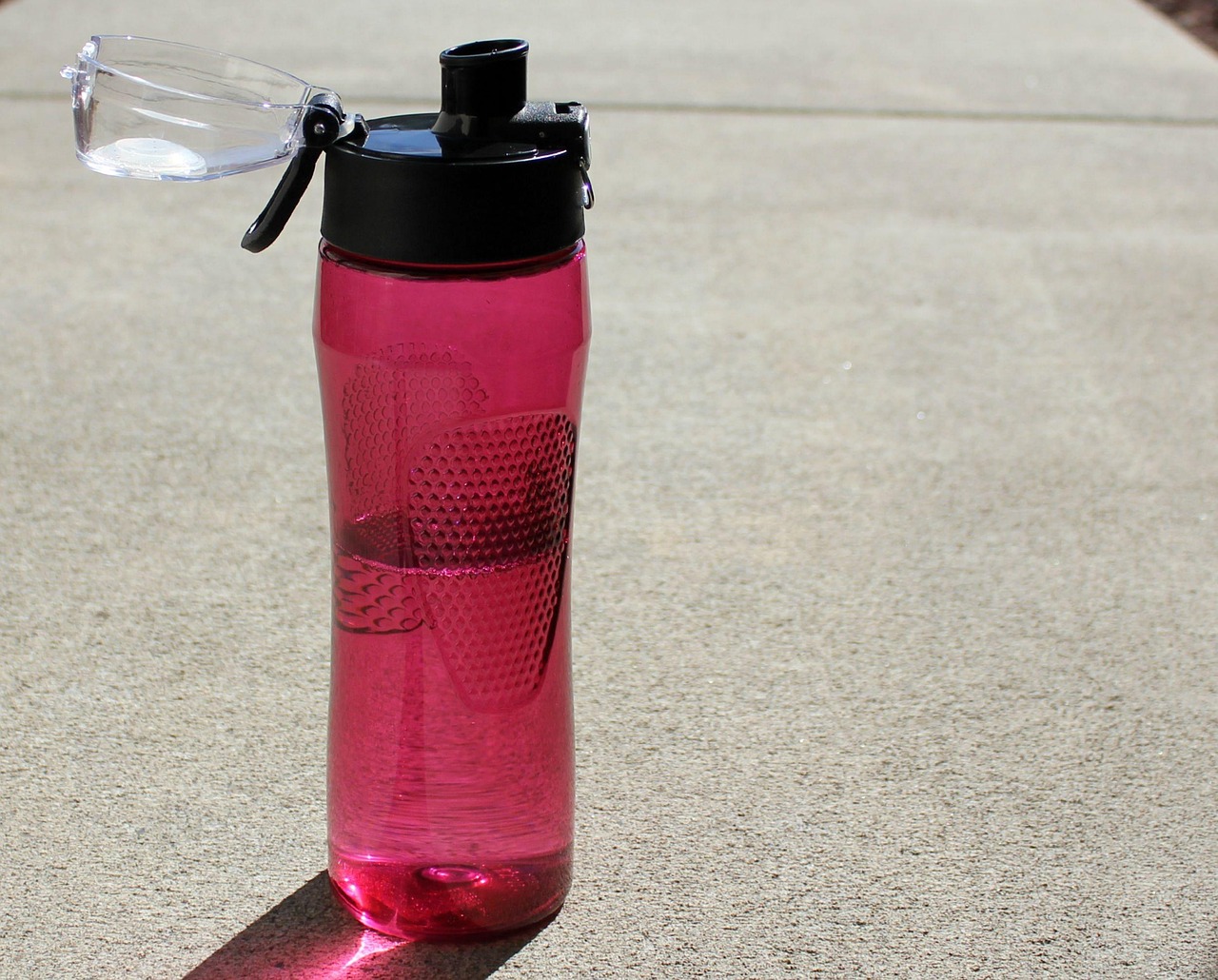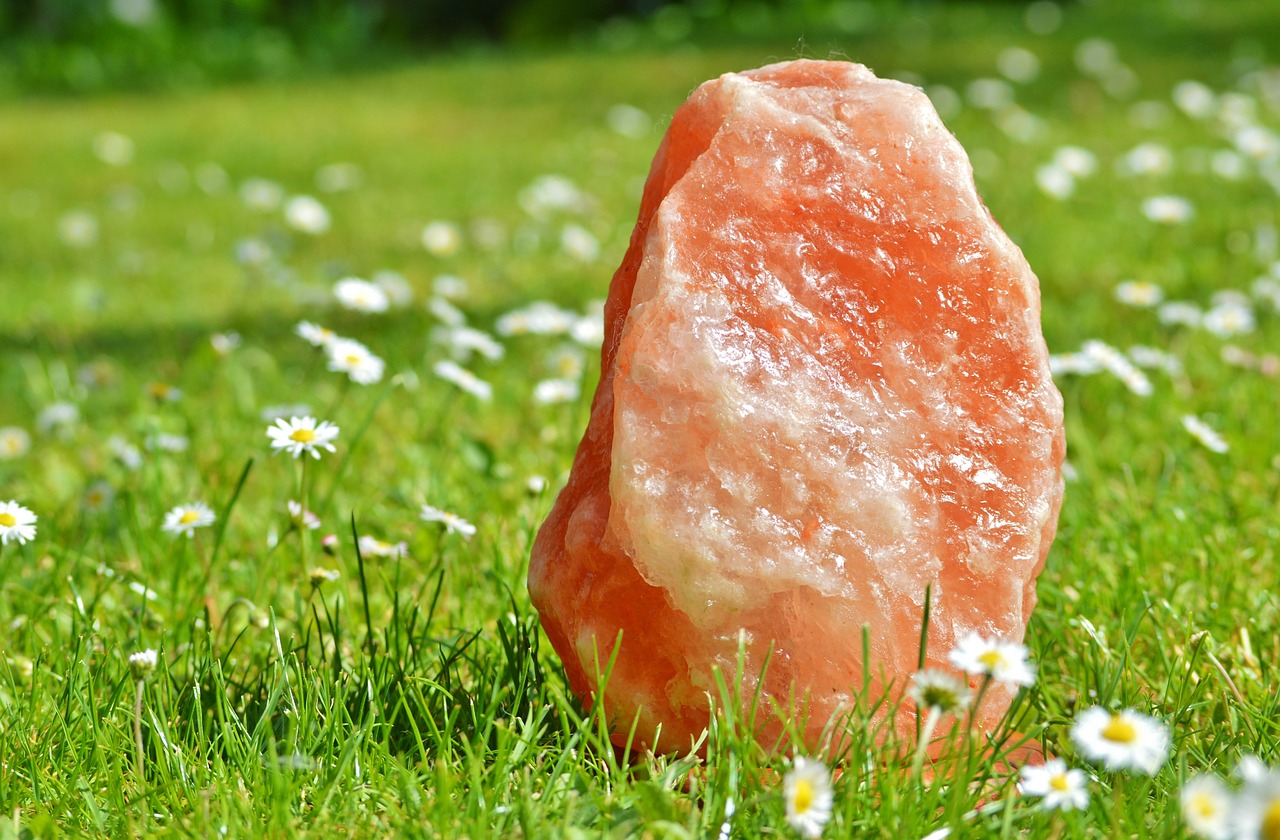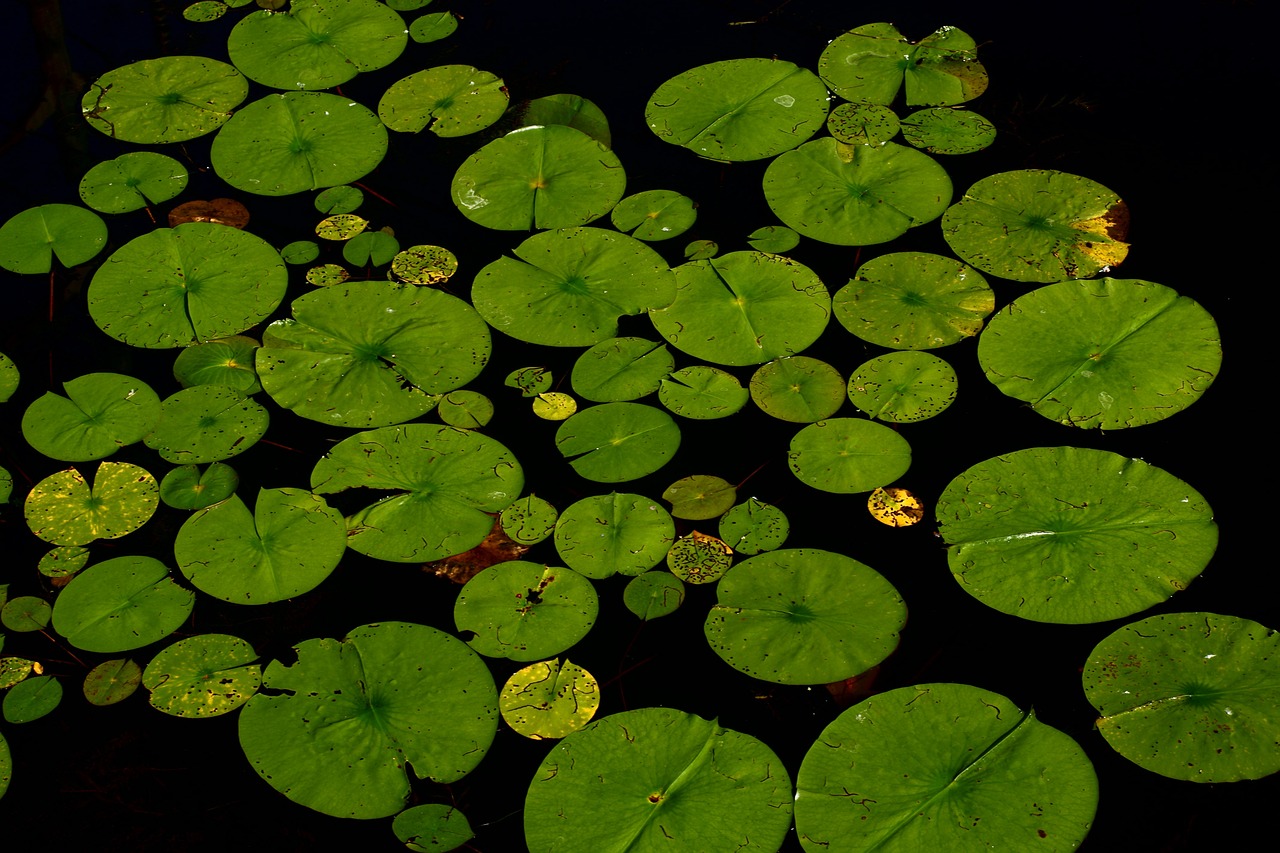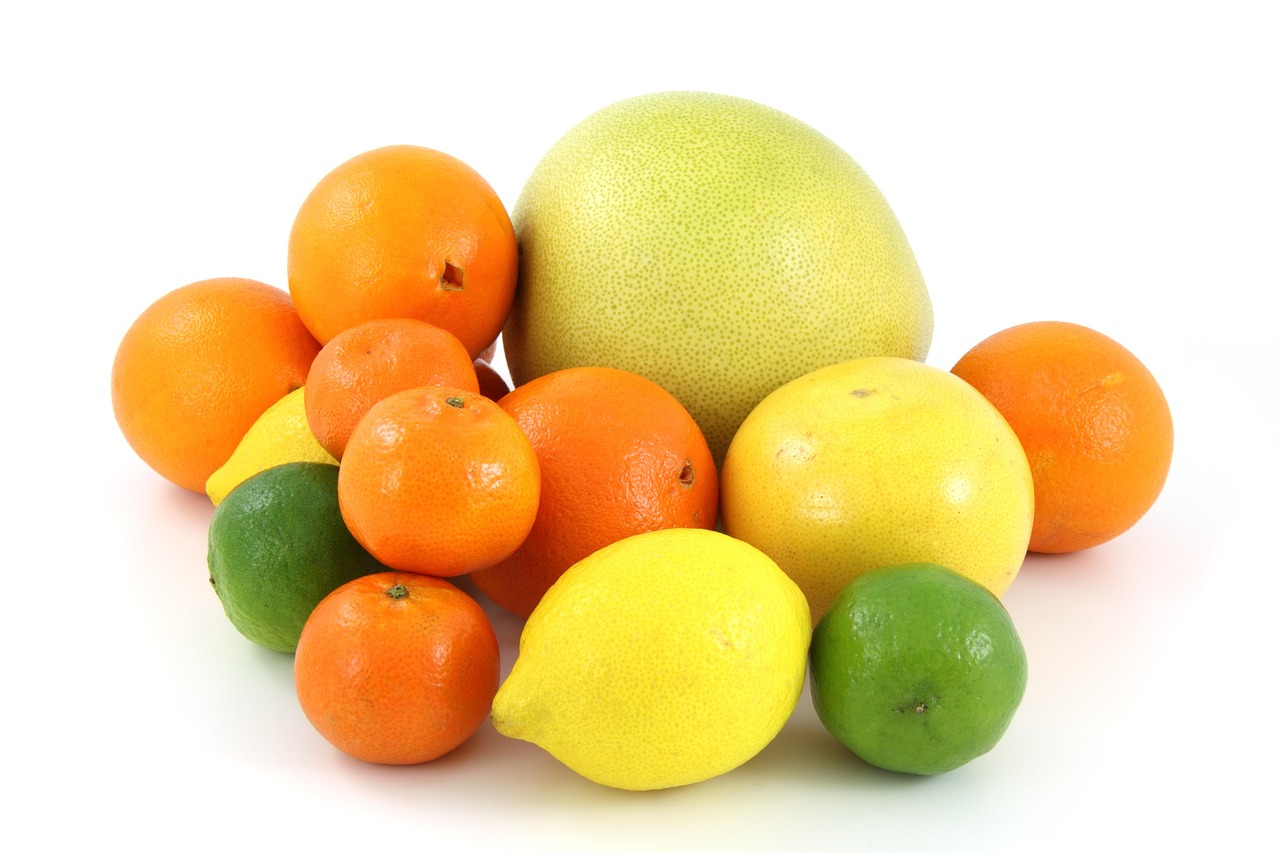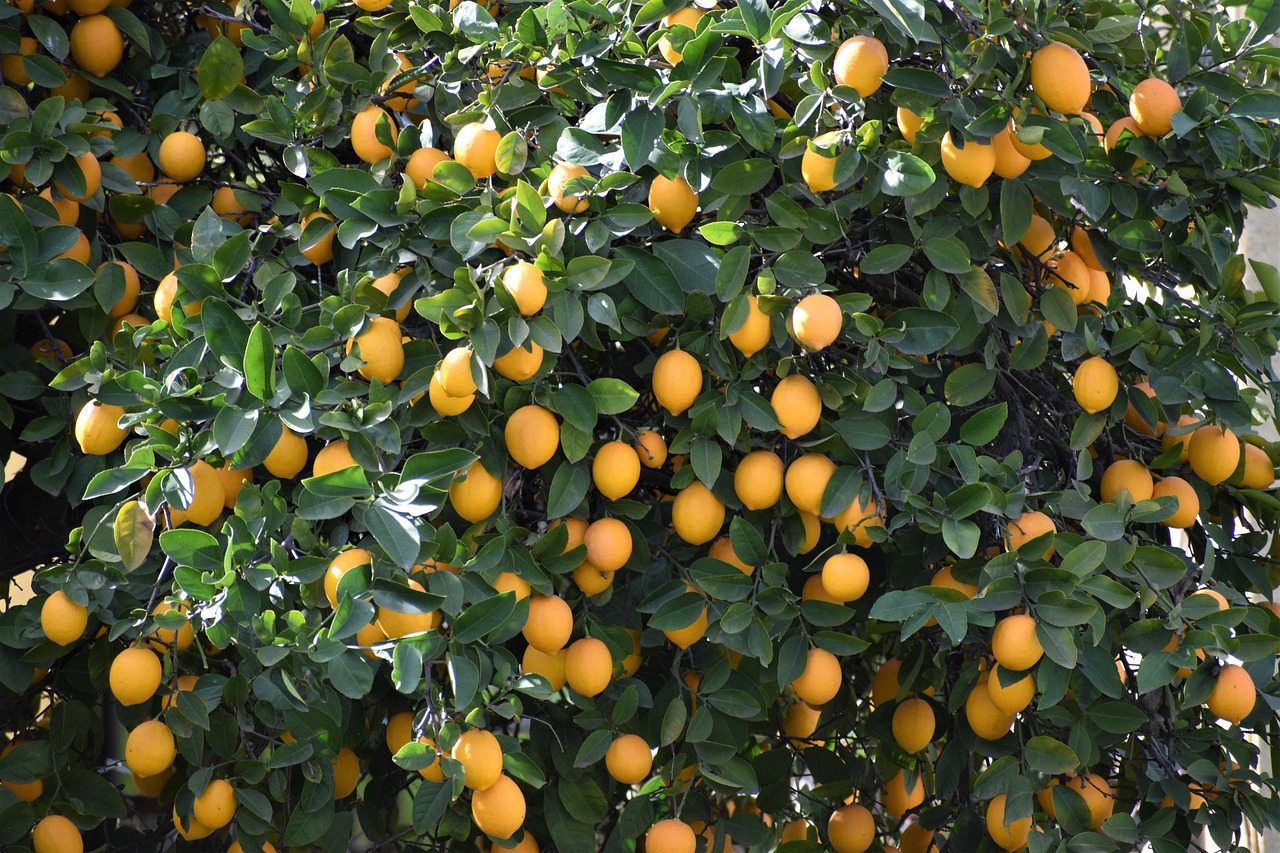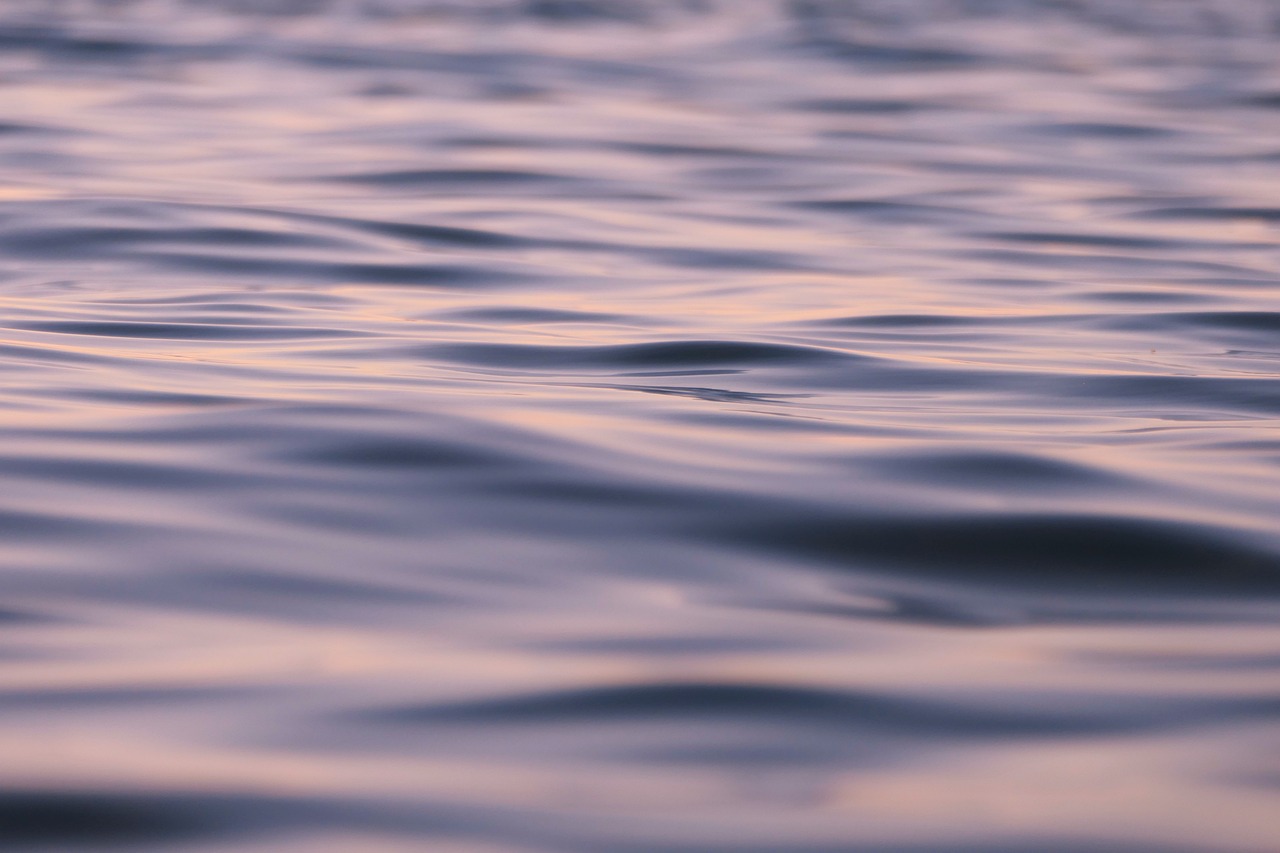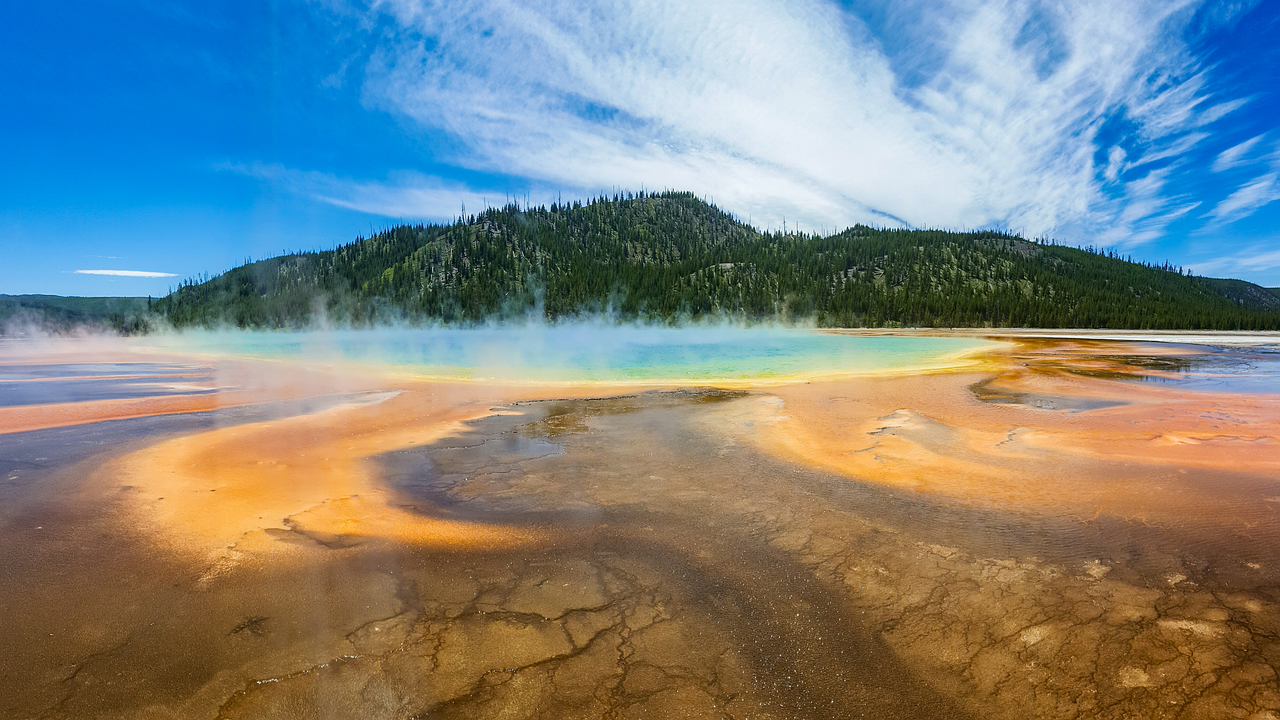This article delves into the fascinating question of whether hot or cold water freezes faster. This inquiry not only piques curiosity but also engages with fundamental scientific principles, experimental evidence, and common misconceptions that surround this intriguing phenomenon.
The Mpemba Effect Explained
The Mpemba effect is a counterintuitive phenomenon where, under certain conditions, hot water can freeze faster than cold water. This effect, named after Tanzanian student Erasto Mpemba, challenges conventional wisdom and invites deeper exploration into the laws of thermodynamics and molecular behavior.
Scientific Principles Behind Freezing
Freezing is a complex process involving heat transfer and molecular motion. Understanding how water transitions from a liquid to a solid state requires a grasp of the fundamental principles of thermodynamics:
- Heat Transfer Mechanisms: Heat transfer occurs through conduction, convection, and radiation. Each mechanism plays a vital role in how quickly water loses heat, thereby influencing the freezing rate.
- Conduction in Freezing Water: Conduction refers to heat transfer through direct contact. The container’s material can significantly affect how quickly heat dissipates from the water.
- Convection’s Role in Cooling: Convection involves the movement of fluid, which can lead to more uniform cooling, especially in larger bodies of water.
Molecular Behavior of Water
Water’s unique molecular structure, characterized by hydrogen bonding, influences its freezing behavior. As water cools, the molecular motion slows down, leading to the formation of ice crystals.
Experimental Evidence Supporting the Mpemba Effect
Numerous experiments have been conducted to test the Mpemba effect. Some notable studies include:
- Historical Experiments: The original experiments by Erasto Mpemba himself demonstrated this phenomenon, providing valuable insights into scientific inquiry.
- Modern Research Findings: Recent studies have sought to replicate the Mpemba effect under controlled conditions, revealing that variables such as container shape and environmental factors can influence freezing rates.
Factors Influencing Freezing Rates
Several factors can affect how quickly water freezes:
- Temperature and Freezing Point: The initial temperature of the water is crucial. Generally, lower starting temperatures lead to longer freezing times.
- Container Material and Shape: The type of material and the shape of the container holding the water can significantly impact freezing times. For instance, metal containers often conduct heat better than plastic ones.
Common Misconceptions About Freezing Water
There are many myths surrounding the freezing of water, particularly regarding the Mpemba effect. Some common misconceptions include:
- Hot Water Always Freezes Faster? While the Mpemba effect indicates that hot water can freeze faster, it is not a universal truth. Specific conditions must be met for this phenomenon to occur.
- Does Water Temperature Affect Ice Quality? The temperature of water before freezing can indeed influence the quality of the resulting ice. Impurities and temperature variations can impact ice formation significantly.
Practical Applications of Freezing Water
Understanding the principles of freezing water has practical applications across various fields, including cooking, refrigeration, and climate science. For instance, chefs often utilize the Mpemba effect in culinary techniques, while climate scientists study freezing processes to understand environmental changes.
In conclusion, the question of whether hot or cold water freezes faster is not merely a scientific curiosity but a gateway to understanding the complexities of thermodynamics, molecular behavior, and practical implications in our daily lives.
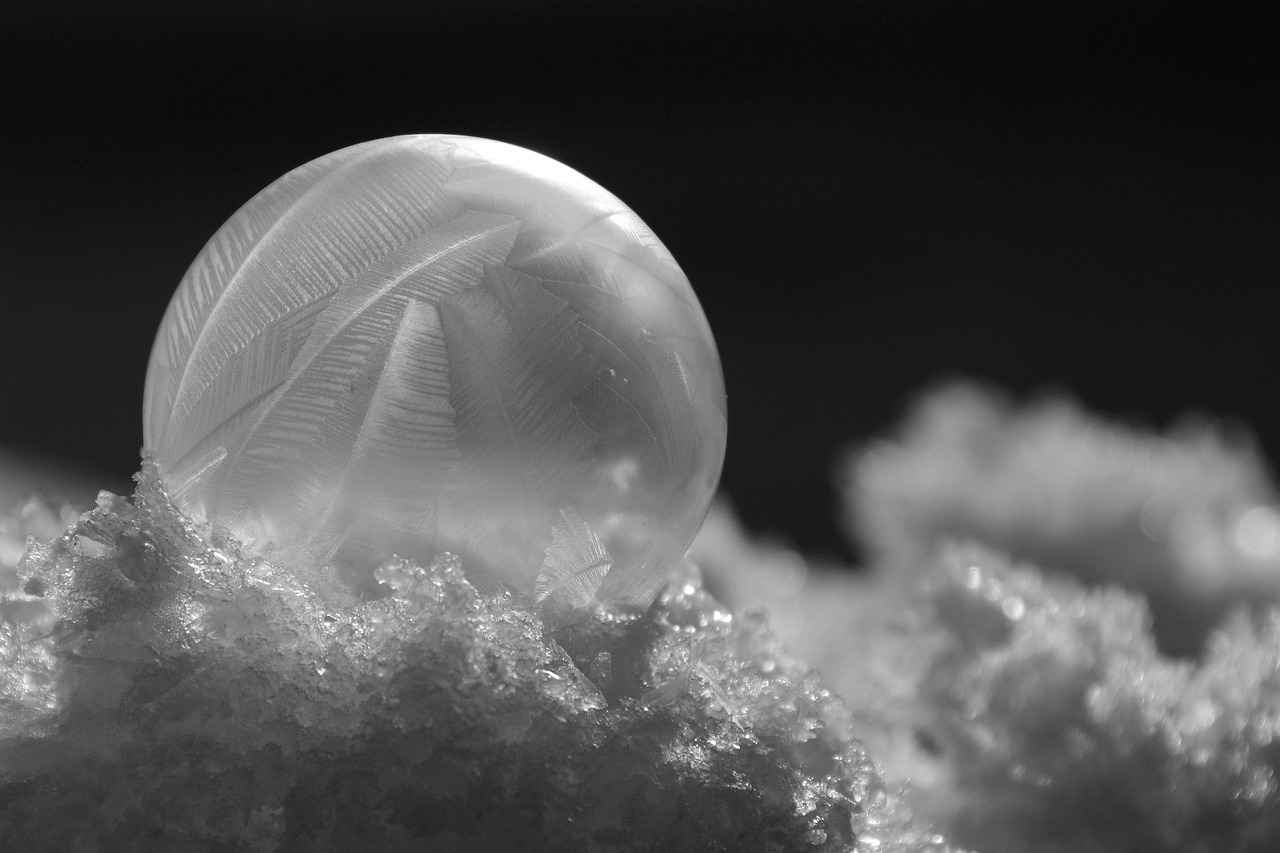
The Mpemba Effect Explained
The Mpemba effect is a fascinating and somewhat perplexing phenomenon that has intrigued scientists and curious minds alike for centuries. It refers to the observation that, under certain conditions, hot water can freeze faster than cold water. This counterintuitive effect prompts a deeper exploration into the realms of thermodynamics and the intricate behavior of water molecules.
To understand the Mpemba effect, we must first delve into the principles of thermodynamics. Thermodynamics is the branch of physics that deals with heat and temperature and their relation to energy and work. When water is heated, its molecules gain energy and move more rapidly. This increased molecular motion plays a crucial role in how water transitions from a liquid to a solid state.
| Thermodynamic Concept | Description |
|---|---|
| Heat Transfer | The movement of thermal energy from one object to another. |
| Molecular Motion | The kinetic energy of molecules affects their interactions and phase changes. |
One key aspect of the Mpemba effect is the mechanism of heat transfer. Heat can be lost through three primary processes: conduction, convection, and radiation. Each of these processes contributes differently to how quickly water can cool down and freeze. For instance, in conduction, heat is transferred through direct contact, meaning that the material of the container holding the water can significantly influence the freezing rate.
- Conduction: Direct transfer of heat through contact.
- Convection: Movement of fluid that promotes uniform cooling.
- Radiation: Transfer of heat through electromagnetic waves.
In addition to heat transfer, the molecular behavior of water is vital in understanding the Mpemba effect. Water’s unique molecular structure, characterized by hydrogen bonding, plays a significant role in its freezing process. These bonds can create a more structured arrangement in ice, which may be influenced by the initial temperature of the water.
Numerous experiments have been conducted to investigate the Mpemba effect, with varying results. Some studies have confirmed that under specific conditions—such as the presence of impurities or different container materials—hot water can indeed freeze faster than cold water. Historical experiments, including those by Erasto Mpemba, who first documented the effect in 1963, showcase the importance of observation in scientific inquiry.
Modern research continues to explore this phenomenon, aiming to replicate the Mpemba effect in controlled settings. Recent findings suggest that factors such as initial temperature, container material, and environmental conditions can all influence freezing rates. For instance, water in a shallow, wide container may freeze faster than in a tall, narrow one due to enhanced heat loss through convection.
It’s important to address some common misconceptions surrounding the Mpemba effect. While it may seem that hot water always freezes faster, this is not a universal truth. The conditions must be just right for this phenomenon to occur. Additionally, the temperature of the water can affect the quality of the resulting ice, as impurities and temperature variations may lead to differences in ice structure.
Understanding the Mpemba effect has practical applications in various fields, including cooking, refrigeration, and climate science. For example, chefs may utilize this knowledge to optimize freezing techniques for certain dishes, while climate scientists might explore its implications on ice formation in natural environments.
In conclusion, the Mpemba effect remains a compelling topic of study that challenges our conventional understanding of freezing processes. By examining the underlying scientific principles and experimental evidence, we can appreciate the complexities of water’s behavior and the fascinating phenomena that arise from it.
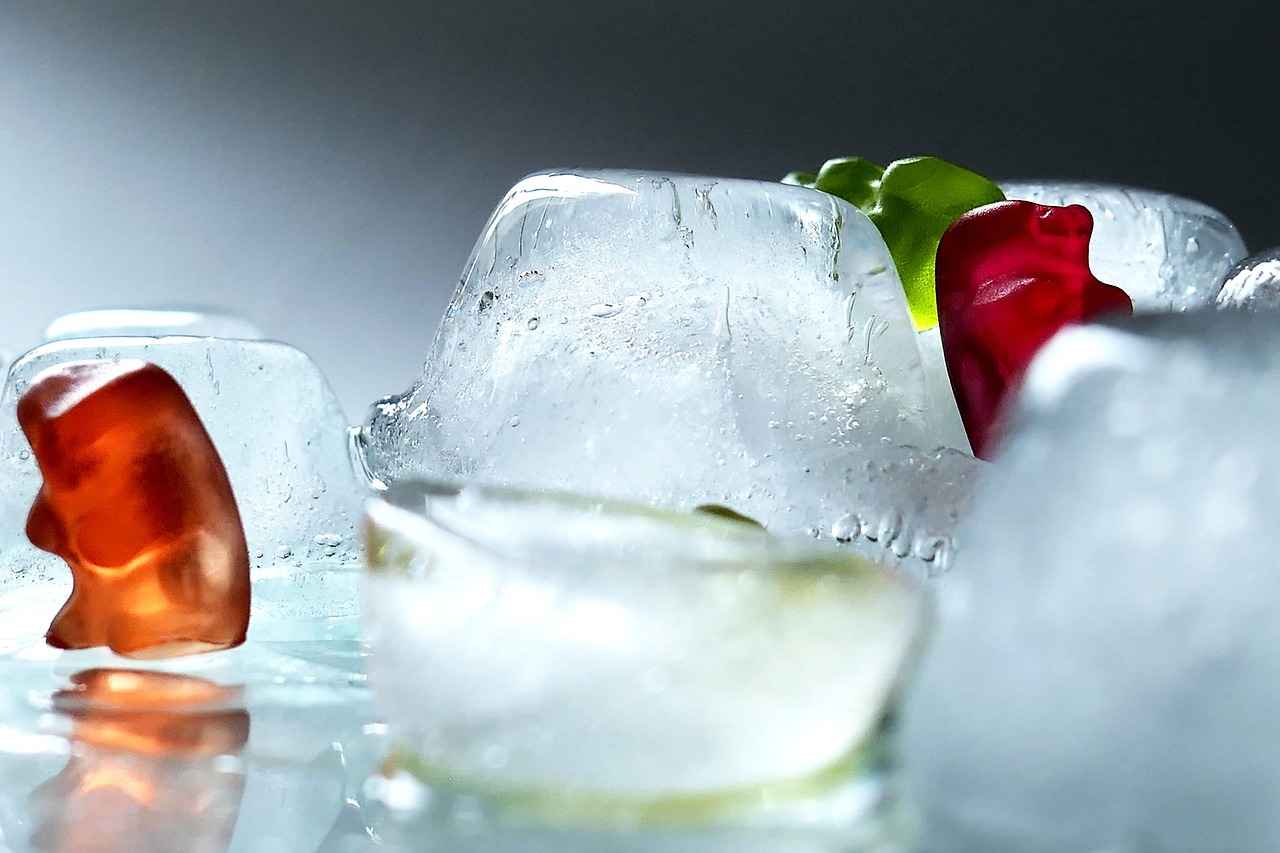
Scientific Principles Behind Freezing
Understanding the Scientific Principles Behind Freezing
Freezing is a fascinating process that involves complex interactions between heat transfer and molecular motion. At its core, freezing is the transition of water from a liquid state to a solid state, primarily governed by the principles of thermodynamics. This section delves into the scientific concepts that illuminate how this transition occurs.
Heat Transfer Mechanisms
Heat transfer during the freezing process can be categorized into three main mechanisms: conduction, convection, and radiation. Each plays a critical role in how water loses heat and subsequently freezes.
- Conduction: This mechanism involves the transfer of heat through direct contact. For instance, when water is placed in a metal container, the metal conducts heat away from the water more efficiently than plastic would, leading to faster freezing.
- Convection: This process involves the movement of fluid, which can create a uniform cooling effect. In larger bodies of water, convection currents can facilitate quicker heat loss, influencing the overall freezing time.
- Radiation: Though less significant than conduction and convection in the context of freezing water, radiation can still play a role, particularly in open environments where heat can escape into the atmosphere.
Molecular Behavior of Water
The unique molecular structure of water is pivotal in understanding its freezing behavior. Water molecules are polar, leading to the formation of hydrogen bonds that influence how they arrange themselves when transitioning to ice. As water cools, molecular motion decreases, allowing these bonds to stabilize into a crystalline structure, resulting in solid ice.
Interestingly, the arrangement of water molecules in ice is less dense than in liquid water, which is why ice floats. This phenomenon is essential in natural ecosystems, allowing aquatic life to survive beneath the ice during winter months.
Factors Affecting Freezing Rates
Several factors can significantly influence how quickly water freezes. These include:
- Initial Temperature: The starting temperature of the water is crucial. Colder water naturally has less thermal energy, making it more likely to freeze faster under certain conditions.
- Container Material: As mentioned earlier, the material of the container impacts heat loss. Materials with high thermal conductivity, such as metals, can expedite the freezing process compared to insulative materials.
- Environmental Conditions: External factors such as air temperature, humidity, and wind can also affect freezing rates. For example, a windy environment can enhance heat loss through convection, speeding up the freezing process.
Common Misconceptions
One prevalent misconception is that hot water always freezes faster than cold water, known as the Mpemba effect. While this phenomenon has been observed under specific conditions, it is not a universal rule. Various factors, including the aforementioned heat transfer mechanisms and environmental conditions, can influence the outcome.
Moreover, some people believe that the temperature of water before freezing affects the quality of ice produced. In reality, impurities and the rate of freezing play more significant roles in determining the clarity and structure of the ice formed.
In summary, the scientific principles behind freezing are intricate and multifaceted. By understanding the mechanisms of heat transfer, molecular behavior, and influencing factors, we can gain valuable insights into the freezing process and its implications across various fields, from culinary arts to environmental science.
Heat Transfer Mechanisms
When considering the fascinating topic of how water freezes, it is essential to understand the mechanisms of heat transfer. Heat transfer occurs through three primary methods: conduction, convection, and radiation. Each of these mechanisms plays a crucial role in determining how quickly water can lose heat and subsequently freeze, thereby influencing the freezing rate.
Conduction is the process of heat transfer through direct contact between materials. In the context of freezing water, the material of the container holding the water can significantly impact how quickly heat is lost. For example, metal containers typically conduct heat more efficiently than plastic ones. This efficiency means that water in a metal container may cool and freeze faster than water in a plastic container due to enhanced heat loss through conduction.
Convection involves the movement of fluids, which can lead to more uniform cooling. In larger bodies of water, convection currents can form, allowing warmer water to rise and cooler water to sink. This movement helps distribute temperature more evenly throughout the water, which can affect how quickly it reaches freezing temperatures. In smaller volumes, such as in ice trays, convection plays a less significant role, but it is still a factor in how quickly the water loses heat.
Radiation is the transfer of heat in the form of electromagnetic waves. While it is a less dominant method of heat transfer compared to conduction and convection, it still contributes to the cooling process. For example, if water is exposed to a cold environment, it can lose heat through radiation, especially if the surrounding surfaces are at a lower temperature. This loss of heat through radiation can also influence the freezing rate, albeit to a lesser extent than the other two mechanisms.
In practice, these three mechanisms often work together to influence the freezing rate of water. For instance, when water is placed in a cold environment, conduction occurs as the container loses heat to the surrounding air. Simultaneously, convection currents may form within the water, helping to distribute the temperature throughout the liquid. Radiation also plays a role, albeit minor, as the water loses heat to the surrounding environment. Understanding how these mechanisms interact is key to grasping the complexities of freezing water.
Several factors can influence the rates of heat transfer, including:
- Temperature Differential: A greater difference in temperature between the water and its environment can enhance heat transfer rates.
- Surface Area: Increased surface area allows for more efficient heat loss, which can speed up the freezing process.
- Material Properties: The thermal conductivity of the container material plays a significant role in how quickly heat is transferred.
By examining these factors, one can better understand how water transitions from a liquid to a solid state. The interplay of conduction, convection, and radiation ultimately determines how quickly water can freeze, influencing various practical applications in cooking, refrigeration, and even climate science.
Conduction in Freezing Water
is a critical aspect of understanding how heat transfer affects the freezing process. When we talk about conduction, we refer to the transfer of heat through direct contact between materials. This mechanism is particularly significant in the context of freezing water, where the container’s material can greatly influence how rapidly heat is lost.
The rate at which heat is conducted away from water is determined by the thermal conductivity of the container. For instance, materials like metal have high thermal conductivity, allowing heat to escape quickly, while insulating materials, such as plastic or Styrofoam, slow down this process. Consequently, water stored in a metal container may freeze faster than water in a plastic one due to the efficient heat transfer properties of metal.
To illustrate this, consider two identical containers filled with water at the same temperature, one made of aluminum and the other made of plastic. The aluminum container will lose heat more rapidly because it conducts heat away from the water efficiently. As a result, the water in the aluminum container may reach the freezing point sooner than the water in the plastic container.
Another factor to consider is the surface area of the container. A container with a larger surface area will allow more heat to escape, facilitating faster freezing. For example, a wide, shallow dish will enable water to freeze more quickly than a tall, narrow glass, as the heat can dissipate more effectively from the wider surface.
Moreover, the specific shape of the container also plays a role. Containers with irregular shapes may promote uneven heat distribution, leading to varying freezing rates within the same body of water. This can cause some areas to freeze faster than others, complicating the freezing process.
In addition to the container material and shape, the environmental conditions surrounding the water also impact conduction. For example, if the surrounding air is cold, it will enhance the heat loss from the container, accelerating the freezing process. Conversely, if the environment is warm, it will slow down heat loss, prolonging the time it takes for the water to freeze.
Understanding the principles of conduction in freezing water not only sheds light on the freezing process but also has practical implications. For instance, in culinary applications, knowing which containers to use can help achieve desired freezing times for ice cubes or frozen desserts. Additionally, in scientific experiments, selecting the right materials can significantly affect the outcomes of freezing studies.
In summary, conduction is a vital process in the freezing of water, influenced by the thermal conductivity of the container, its shape, and the surrounding environmental conditions. By considering these factors, one can better understand how to manipulate freezing rates for various applications.
Convection’s Role in Cooling
Convection plays a crucial role in the cooling process of fluids, particularly when it comes to understanding how water freezes. This phenomenon is primarily driven by the movement of fluid, which allows for a more uniform distribution of temperature throughout the body of water. When heat is removed from water, the molecules begin to lose energy and slow down, eventually leading to the formation of ice.
In larger bodies of water, convection currents can significantly influence the rate at which the water cools. As the surface layer of water cools down, it becomes denser and sinks, while warmer water rises to the top. This continuous cycle of movement helps to distribute the cooler temperatures more evenly throughout the body of water, thus accelerating the cooling process. Without convection, the cooling would be much less efficient, as heat would dissipate more slowly, leading to longer freezing times.
To illustrate the impact of convection on freezing, consider a large lake versus a small container of water. In the lake, the vast volume allows for the formation of convection currents, which can lead to quicker cooling of the water at the surface. In contrast, a small container may not experience the same level of fluid movement, resulting in less efficient heat transfer and potentially longer freezing times.
| Factor | Effect on Freezing Rate |
|---|---|
| Convection Currents | Enhance heat distribution and accelerate cooling |
| Container Size | Larger volumes promote convection, leading to faster freezing |
| Fluid Movement | Facilitates uniform temperature distribution, reducing freezing time |
Furthermore, the temperature gradient between the water and its surroundings also plays a vital role in the effectiveness of convection. If the surrounding air is significantly colder than the water, the rate of heat loss will increase, enhancing the cooling effect. This interplay between temperature and convection is essential to understanding how quickly water can transition to ice.
In summary, convection is a fundamental process that affects the rate at which water cools and ultimately freezes. By facilitating the movement of fluid and promoting uniform temperature distribution, convection currents can significantly shorten the time it takes for water to reach its freezing point. Whether in a small container or a vast lake, the principles of convection remain critical in the study of freezing water and its related phenomena.
Molecular Behavior of Water
Water is a fascinating substance, primarily due to its unique molecular structure that significantly influences its physical properties, including its freezing behavior. Understanding the molecular behavior of water is crucial for grasping how it transitions from a liquid to a solid state.
At the heart of water’s behavior is its molecular structure, which consists of two hydrogen atoms covalently bonded to one oxygen atom, forming a bent shape. This arrangement leads to the formation of hydrogen bonds between water molecules. These bonds are relatively weak compared to covalent bonds, but they play a critical role in the freezing process.
When water cools down, the kinetic energy of its molecules decreases, allowing them to come closer together. As the temperature drops to the freezing point, the hydrogen bonds become more stable, causing water molecules to arrange themselves into a solid crystalline structure known as ice. This unique arrangement is responsible for ice’s lower density compared to liquid water, which is why ice floats.
| Molecular Behavior | Effect on Freezing |
|---|---|
| Hydrogen Bonding | Stabilizes the structure of ice, allowing for a solid formation at 0°C. |
| Molecular Motion | Decreases as temperature drops, facilitating the transition to solid state. |
Additionally, the temperature gradient plays a significant role in the freezing process. As hot water cools, it can experience a rapid loss of heat due to convection currents, which can promote faster freezing under certain conditions. This is a key aspect of the Mpemba effect, where hot water can freeze faster than cold water in specific scenarios.
Furthermore, the presence of impurities in water can also affect its freezing behavior. Impurities disrupt the formation of hydrogen bonds, leading to variations in freezing points and times. For example, saltwater freezes at a lower temperature than pure water, showcasing how molecular interactions can influence freezing.
- Hydrogen bonds are essential for ice formation.
- Molecular motion decreases as temperature falls, aiding the freezing process.
- Impurities can alter freezing points and rates.
Understanding the molecular behavior of water not only provides insight into the freezing process but also has practical implications in various fields, such as climatology, cooking, and even industrial applications. For instance, knowing how different materials interact with water can help in designing better refrigeration systems or improving ice-making processes.
In summary, water’s unique molecular structure, characterized by hydrogen bonding and molecular motion, plays a pivotal role in its freezing behavior. By exploring these concepts, we gain a deeper appreciation for the complexities of this essential substance and its various applications in our daily lives.
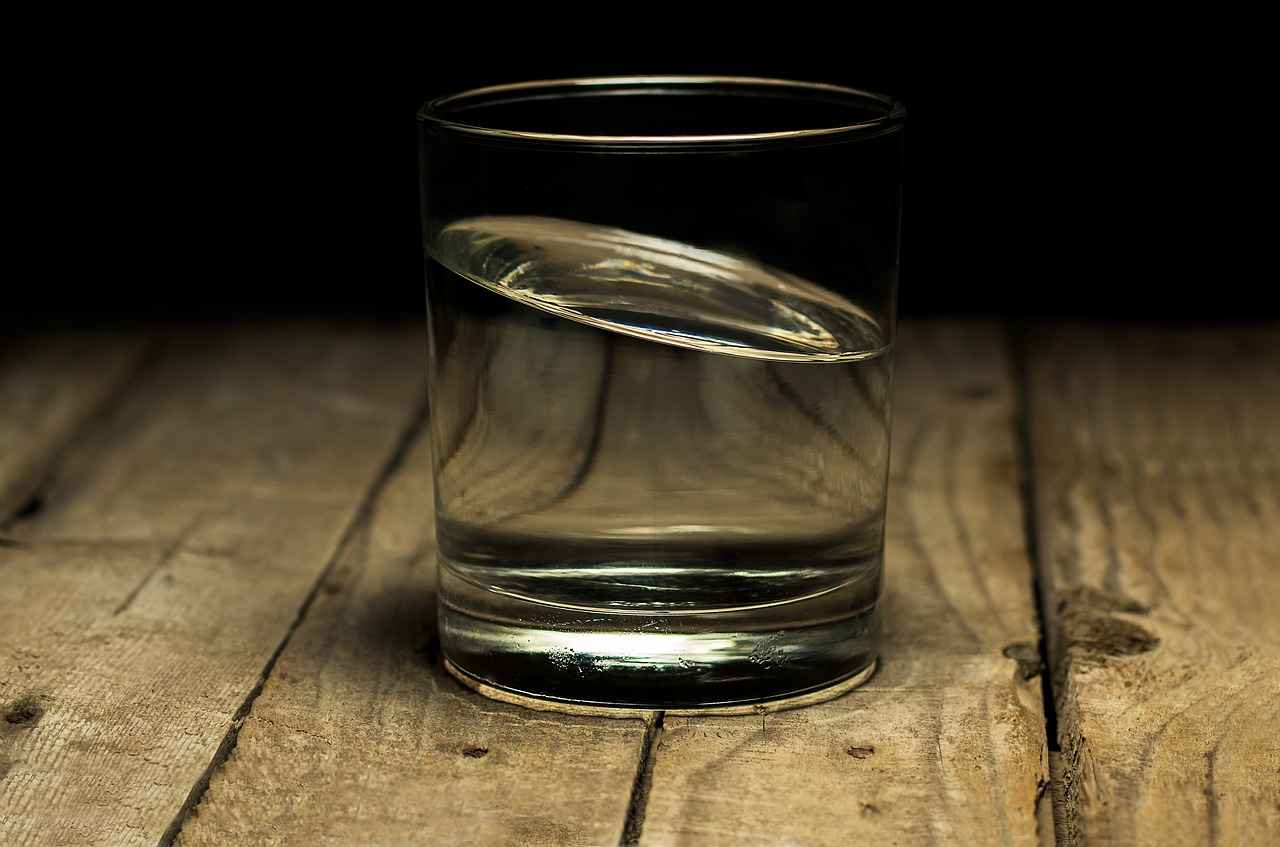
Experimental Evidence Supporting the Mpemba Effect
The phenomenon known as the Mpemba effect has intrigued scientists and curious minds alike for decades. This effect posits that, under certain conditions, hot water can freeze faster than cold water, defying our intuitive understanding of thermodynamics. To delve deeper into this captivating topic, we will explore the experimental evidence that supports the Mpemba effect, highlighting notable studies and the variables at play.
Numerous experiments have been conducted to test the Mpemba effect, each contributing valuable insights into the conditions that favor hot water freezing faster than cold water. The following sections will summarize key findings from historical and modern research.
The Mpemba effect is named after Erasto Mpemba, a Tanzanian student who, in 1963, observed that hot ice cream mixture froze faster than a cold one. This observation led to further experiments that confirmed the phenomenon. One of the notable early experiments involved simple setups where water at different temperatures was placed in identical containers and monitored for freezing times. The results consistently showed that under specific conditions, the hot water would freeze first.
In recent years, scientists have sought to replicate the Mpemba effect using controlled laboratory conditions. A study published in the journal Physics Education in 2019 involved various parameters, such as container material, initial water temperature, and environmental factors. The researchers found that hot water indeed froze faster than cold water in certain setups, particularly when the water was subjected to rapid cooling methods, such as using a fan or placing it in a freezing chamber.
Several factors can influence the freezing rates of water, including:
- Initial Temperature: The starting temperature of the water plays a crucial role. Hot water may lose heat more rapidly due to increased evaporation, which can lead to a lower effective temperature.
- Container Material: Different materials conduct heat at varying rates. For instance, metal containers may facilitate faster heat loss compared to plastic ones.
- Evaporation: Hot water experiences greater evaporation, reducing the volume of water that needs to freeze, which can result in quicker freezing times.
- Convection Currents: In hot water, convection currents can enhance mixing and promote uniform cooling, potentially leading to faster freezing.
While many experiments support the Mpemba effect, replicating the results consistently has proven challenging. Some researchers argue that the effect is highly dependent on specific conditions and that not all experiments yield the same outcomes. This inconsistency has led to debates within the scientific community regarding the underlying mechanisms at play.
The Mpemba effect remains a fascinating subject of study, with ongoing research aimed at uncovering the precise conditions that allow hot water to freeze faster than cold water. As scientists continue to explore this phenomenon, they not only deepen our understanding of thermodynamics but also challenge our perceptions of everyday occurrences. The interplay of temperature, container material, and environmental factors highlights the complexity of freezing processes, inviting further investigation into this captivating scientific enigma.
Notable Experiments in History
The exploration of the Mpemba effect has spurred numerous notable experiments throughout history, each contributing to our understanding of this fascinating phenomenon. This section delves into some of the most significant experiments, including those conducted by Erasto Mpemba himself, and the insights they provide into scientific inquiry and observation.
One of the earliest documented instances of the Mpemba effect occurred in the 1960s when a Tanzanian student named Erasto Mpemba observed that hot ice cream mix froze faster than a cold mix. His curiosity led him to conduct various experiments, which ultimately resulted in the formulation of the Mpemba effect. Mpemba’s findings were initially met with skepticism, but they laid the groundwork for further scientific exploration.
In subsequent years, several researchers attempted to replicate Mpemba’s results, leading to a series of experiments that sought to uncover the underlying mechanisms of the effect. For instance, a pivotal study conducted in 2012 by researchers at the University of Oregon examined the conditions under which hot water freezes faster than cold water. They discovered that factors such as evaporation, convection currents, and the nature of the container played crucial roles in determining freezing rates.
Another important experiment was carried out by scientists at the University of Cambridge, where they employed advanced imaging techniques to observe the freezing process at a molecular level. Their findings revealed that hot water experiences a different molecular arrangement compared to cold water, which may contribute to the Mpemba effect. This research emphasized the significance of molecular dynamics in understanding freezing behavior.
Additionally, a study published in the journal Physics Education highlighted the role of supercooling in the Mpemba effect. The researchers demonstrated that hot water could supercool more readily than cold water, allowing it to freeze faster under certain conditions. This experiment underscored the complexity of the freezing process and the various factors that influence it.
Throughout history, these experiments have not only validated the Mpemba effect but have also provided valuable lessons in scientific inquiry. They remind us of the importance of observation, curiosity, and rigorous testing in the pursuit of knowledge. Each study has contributed to a deeper understanding of the physical principles governing freezing and has encouraged further exploration into thermodynamics and molecular behavior.
In summary, the notable experiments surrounding the Mpemba effect reveal a rich tapestry of scientific exploration. From Erasto Mpemba’s initial observations to modern research endeavors, these studies highlight the intricate relationship between temperature, molecular dynamics, and freezing rates. They serve as a testament to the power of inquiry in unraveling the mysteries of the natural world.
Modern Research Findings
The question of whether hot or cold water freezes faster has intrigued scientists and laypeople alike for centuries. At the heart of this inquiry lies the Mpemba effect, a phenomenon where, under certain conditions, hot water can freeze more quickly than cold water. Recent studies have sought to replicate the Mpemba effect under controlled conditions, providing valuable insights into this counterintuitive behavior.
Recent investigations into the Mpemba effect have highlighted several key findings. One of the most significant observations is that the initial temperature of the water is not the only factor influencing freezing rates. Variables such as evaporation, supercooling, and even container shape play crucial roles. For instance, hot water tends to lose some of its mass through evaporation, which can reduce the volume that needs to freeze and, consequently, speed up the process.
Another important factor is the supercooling phenomenon. In some experiments, cold water can supercool without transitioning into ice, remaining in a liquid state below its freezing point. This can delay the freezing process, allowing hot water, which may not supercool as effectively, to freeze faster once it reaches the freezing point.
Additionally, the container material has been shown to significantly affect freezing times. Studies have indicated that materials with higher thermal conductivity, such as metals, can facilitate faster heat loss from hot water compared to insulative materials like plastic. This means that the choice of container can dramatically influence the outcome of freezing experiments.
Moreover, the environmental conditions surrounding the water, including air pressure and humidity, also play a role. For example, experiments conducted at higher altitudes, where the atmospheric pressure is lower, have demonstrated variations in freezing rates. The lower pressure can affect the boiling point of water, potentially enhancing the Mpemba effect.
In a series of controlled experiments, researchers have attempted to isolate these variables to better understand their impact. One notable study involved placing equal volumes of hot and cold water in identical containers under consistent environmental conditions. The results showed that while hot water sometimes froze faster, the outcome varied based on the specific conditions of each trial.
To summarize, recent studies into the Mpemba effect provide compelling evidence that multiple factors influence the freezing rates of hot and cold water. The interplay of evaporation, supercooling, container material, and environmental conditions creates a complex landscape that challenges our intuitive understanding of freezing. As researchers continue to explore this phenomenon, they uncover more about the intricate behaviors of water and the principles of thermodynamics.
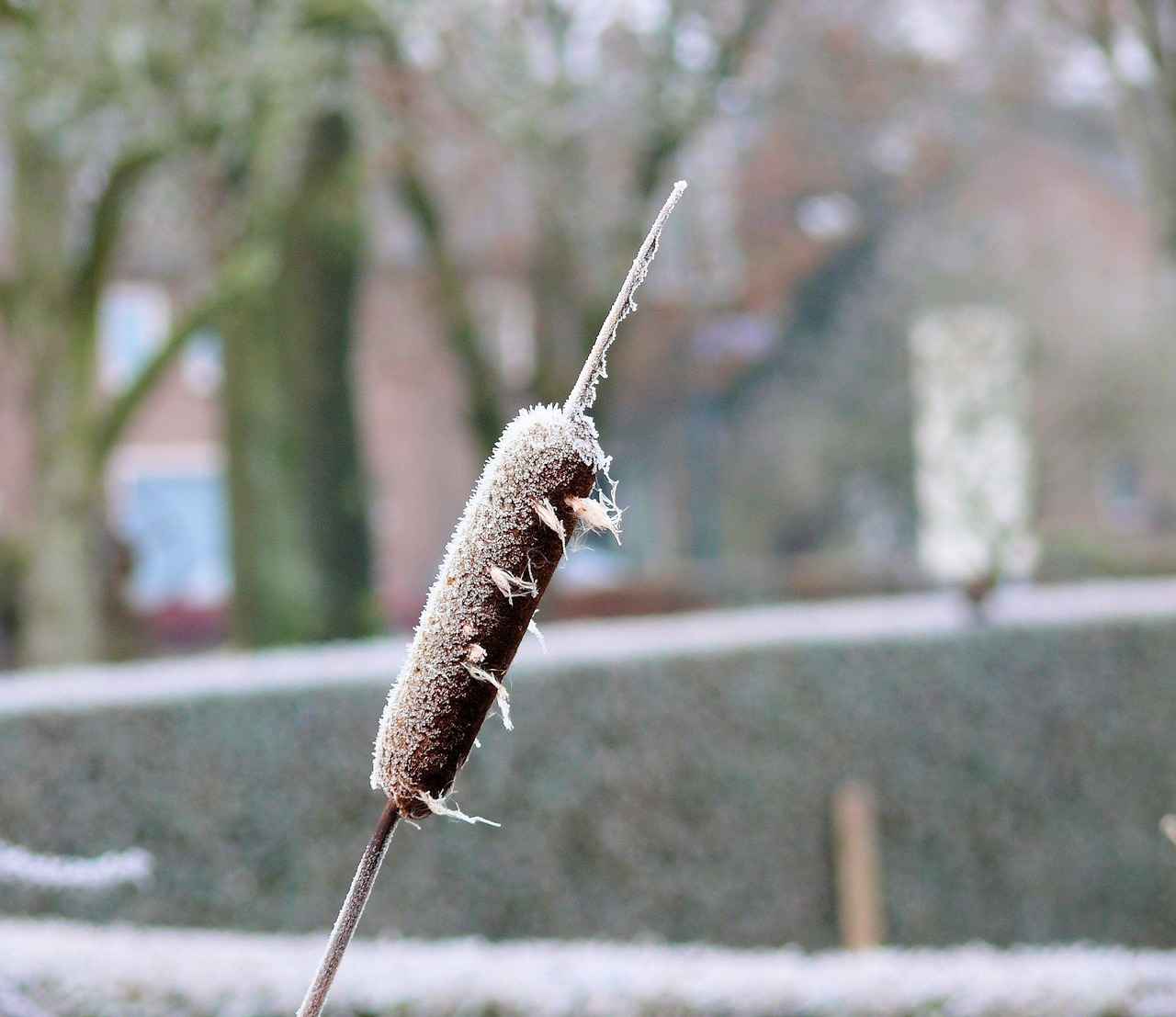
Factors Influencing Freezing Rates
When examining the freezing rates of water, it is essential to consider a variety of factors that can significantly influence how quickly water transitions from a liquid to a solid state. Understanding these variables not only aids in interpreting freezing experiments but also provides insights into practical applications in everyday life.
The initial temperature of water is one of the most critical factors affecting freezing rates. Water at lower temperatures is closer to its freezing point, making it more likely to freeze quickly. However, the Mpemba effect complicates this notion, as it suggests that hot water can freeze faster than cold under specific conditions. This phenomenon can be attributed to several underlying mechanisms, including evaporation and convection currents.
The material and shape of the container holding the water play a significant role in how effectively heat is lost. For instance, metal containers tend to conduct heat away from the water more efficiently than plastic ones, leading to faster freezing times. Additionally, the shape of the container can influence the surface area exposed to cold air, further affecting the freezing rate. A wider container may allow for quicker heat loss compared to a narrow one.
Environmental factors such as air temperature, humidity, and airflow also have a profound impact on freezing rates. In a cold environment, water is more likely to freeze quickly. Conversely, high humidity can slow down the freezing process, as moisture in the air can create a layer of insulation around the water. Additionally, increased airflow can enhance heat loss through convection, promoting faster freezing.
Understanding the mechanisms of heat transfer is crucial when analyzing freezing rates. The three primary methods of heat transfer—conduction, convection, and radiation—each contribute to how quickly water cools. Conduction occurs when heat is transferred through direct contact between the water and the container. In contrast, convection involves the movement of water, which can create currents that facilitate more uniform cooling.
The unique molecular structure of water significantly affects its freezing behavior. Water molecules are held together by hydrogen bonds, which play a crucial role in the freezing process. As water cools, these bonds become more stable, leading to the formation of ice. The arrangement of molecules in ice is less dense than in liquid water, which is why ice floats. Understanding this molecular behavior helps explain why certain conditions can lead to faster freezing rates.
Knowledge of the factors influencing freezing rates can have practical applications across various fields. In cooking, understanding how different container materials affect freezing can lead to better preparation techniques. In refrigeration, optimizing the design of cooling systems can enhance efficiency. Furthermore, insights into freezing processes can be beneficial in climate science, particularly in understanding how water bodies freeze in natural environments.
In conclusion, the freezing of water is influenced by a complex interplay of factors including temperature, container type, environmental conditions, heat transfer mechanisms, and molecular behavior. By comprehensively analyzing these elements, we can gain a better understanding of the freezing process and its practical implications.
Temperature and Freezing Point
The freezing point of water is a critical aspect of understanding how temperature influences the freezing process. The initial temperature of water plays a significant role in determining the time it takes for it to transition from a liquid to a solid state. This section delves into the intricate relationship between starting temperatures and freezing rates, shedding light on the underlying mechanisms at play.
When water is subjected to freezing temperatures, its molecules begin to lose energy. The rate at which this energy is lost is influenced by the water’s initial temperature. Generally, colder water will freeze faster than warmer water due to the temperature gradient between the water and its environment. However, the situation is not as straightforward as it may seem.
| Initial Temperature (°C) | Estimated Freezing Time (minutes) |
|---|---|
| 0 | 30 |
| 10 | 35 |
| 20 | 40 |
| 30 | 45 |
In a controlled environment, such as a freezer, the initial temperature of the water can significantly affect how quickly it freezes. For instance, water starting at 0°C will freeze faster compared to water that begins at 30°C. This is primarily due to the fact that the colder water is already closer to its freezing point, requiring less time to reach the solid state.
Another factor to consider is the surface area of the water. When water is spread out in a shallow container, it exposes more surface area to the cold air, promoting faster heat loss. Conversely, deeper containers may insulate the water, slowing the freezing process. This interplay between temperature and surface area illustrates how various factors can complicate the relationship between initial temperature and freezing time.
- Heat Loss Mechanisms: The way heat is lost from the water—whether through conduction, convection, or radiation—will also influence freezing rates.
- Container Material: Different materials conduct heat at varying rates, affecting how quickly the water can lose heat.
- Environmental Conditions: External factors such as air circulation and humidity can further impact freezing times.
Moreover, the Mpemba effect adds an intriguing layer to this discussion. Under specific conditions, warmer water can freeze faster than colder water, challenging our traditional understanding of freezing rates. This phenomenon highlights the complexity of molecular interactions and the various factors that influence the freezing process.
In summary, while the initial temperature of water is a primary factor in determining freezing rates, it is essential to consider other variables such as container shape, material, and environmental conditions. Understanding these dynamics provides valuable insights into the freezing process and can help in practical applications, from culinary techniques to industrial freezing methods.
Container Material and Shape
The material and shape of the container holding water are crucial factors that can significantly influence freezing times. Understanding how these elements interact with thermal properties allows us to grasp why certain containers promote faster freezing than others.
Heat conductivity refers to a material’s ability to transfer heat. Materials with high thermal conductivity, such as metal, allow heat to escape more quickly than those with low conductivity, such as plastic or glass. This means that water in a metal container can lose heat faster and potentially freeze sooner than water in a plastic one. Here’s a brief overview of common materials:
| Material | Thermal Conductivity (W/m·K) | Freezing Efficiency |
|---|---|---|
| Aluminum | 205 | High |
| Stainless Steel | 16 | Moderate |
| Glass | 1.0-1.5 | Low |
| Plastic | 0.2-0.4 | Very Low |
The shape of the container also plays a vital role in the freezing process. Containers with a larger surface area, such as shallow trays, allow for more efficient heat loss compared to deeper containers. This is due to the increased exposure of water to the colder air, facilitating faster cooling. Conversely, a tall and narrow container may trap heat more effectively, hindering the freezing process.
- Shallow containers: Enhance heat loss, promoting quicker freezing.
- Deep containers: Retain heat, slowing down the freezing process.
- Wide containers: Allow for better airflow, further aiding in cooling.
Environmental conditions, such as ambient temperature and air circulation, also interact with the container’s material and shape. For instance, placing a metal container in a drafty area can lead to faster freezing due to enhanced convection currents. In contrast, a plastic container in a still environment may take longer to freeze, regardless of its shape.
In summary, both the material and shape of the container holding water are critical in determining freezing times. Metals tend to facilitate faster heat loss compared to plastics, while the shape can either enhance or inhibit this process. Understanding these factors not only sheds light on the mechanics of freezing but also offers practical insights for everyday applications, from cooking to scientific experiments.
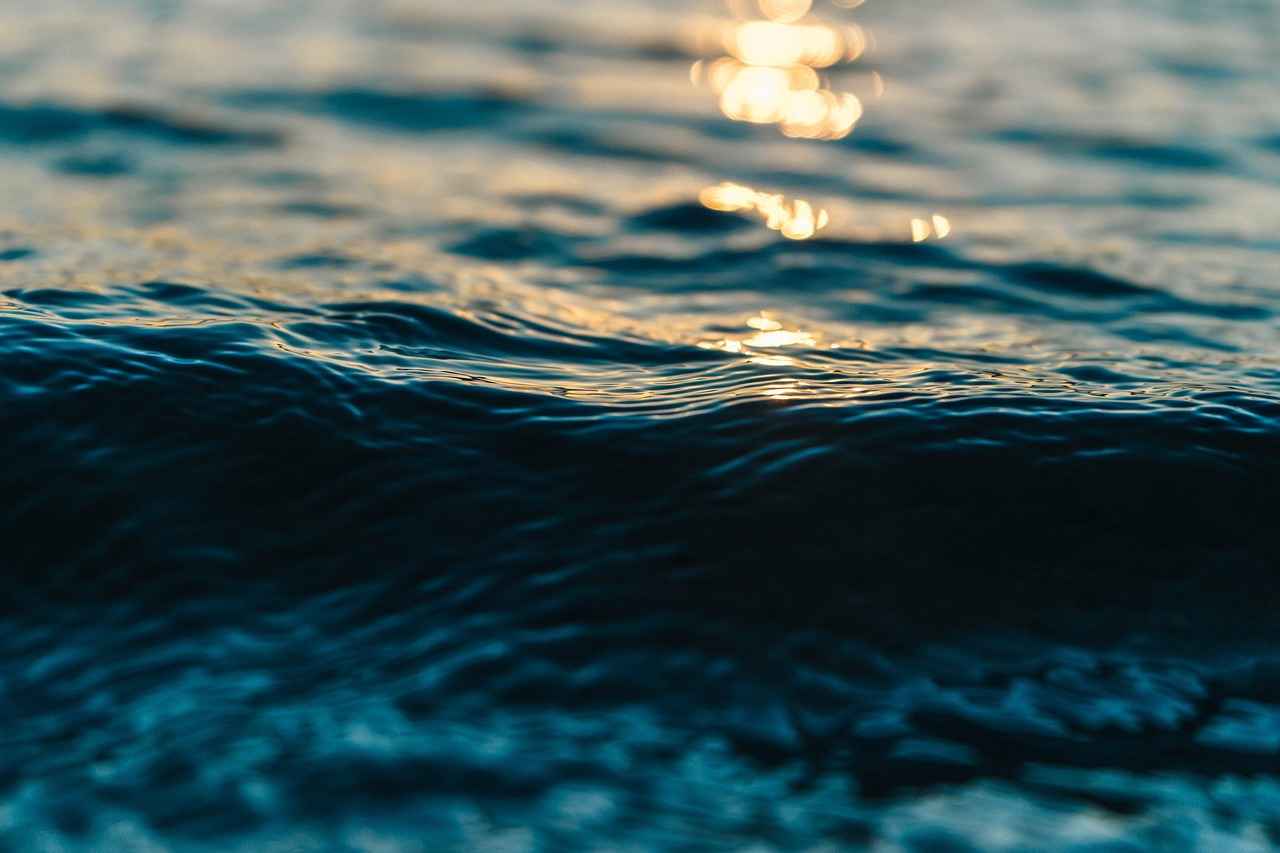
Common Misconceptions About Freezing Water
The phenomenon of water freezing has intrigued scientists and laypeople alike, leading to a variety of misconceptions about the process. One of the most discussed topics is the Mpemba effect, which suggests that hot water can freeze faster than cold water under specific conditions. However, this claim is often misunderstood, leading to confusion and skepticism.
The Mpemba effect is named after Erasto Mpemba, who discovered this counterintuitive phenomenon in the 1960s. While it seems illogical that hot water could freeze quicker than cold water, various scientific principles may explain why this occurs. Factors such as evaporation, convection currents, and the properties of water molecules come into play. However, it is crucial to note that the Mpemba effect does not apply universally; it depends on several conditions, including the environment and the specific setup of the experiment.
One common misconception is that hot water will always freeze faster than cold water. While the Mpemba effect has been observed in certain experiments, it is not a guaranteed outcome. In many scenarios, cold water will freeze faster due to its lower initial temperature, which allows it to reach the freezing point more quickly. Temperature is a primary factor influencing freezing rates, and it is essential to consider the context in which the Mpemba effect is discussed.
Another misconception involves the quality of ice produced from hot versus cold water. Some believe that hot water leads to clearer, purer ice, while cold water produces cloudy ice due to trapped air bubbles. In reality, the quality of ice can be influenced by several factors, including impurities in the water, the freezing rate, and the temperature at which the water is frozen. Generally, slower freezing processes allow for fewer air bubbles to form, resulting in clearer ice.
- Container Type: The material and shape of the container holding the water can significantly affect freezing times. Metal containers, for example, conduct heat better than plastic ones, leading to faster freezing.
- Environmental Conditions: Ambient temperature and airflow can also impact how quickly water freezes. In a colder environment, water will freeze faster, regardless of its initial temperature.
- Volume of Water: The amount of water being frozen plays a role as well. Smaller volumes of water can freeze more quickly than larger volumes due to a higher surface area-to-volume ratio.
Understanding the science of freezing water has practical implications in various fields. For instance, chefs often utilize the principles of freezing to achieve the desired texture in ice cream and sorbets. In scientific research, knowledge of freezing rates can aid in the preservation of biological samples. Furthermore, in climate science, understanding how water freezes can contribute to better predictions of weather patterns and ice melt in polar regions.
In conclusion, while the Mpemba effect presents an intriguing case of hot water freezing faster than cold water, it is surrounded by misconceptions that can cloud our understanding of the underlying science. By clarifying these myths and exploring the factors that influence freezing rates, we can gain a more comprehensive view of this fascinating phenomenon.
Hot Water Always Freezes Faster?
The question of whether hot water always freezes faster than cold water is a topic that has intrigued scientists and laypeople alike. This phenomenon, known as the Mpemba effect, is not a straightforward rule but rather a condition-dependent occurrence. Understanding the intricacies of this effect requires an exploration of various factors that contribute to the freezing process.
First and foremost, it is essential to recognize that the Mpemba effect does not apply universally. Several conditions can influence whether hot water freezes faster than its cold counterpart. For instance, the initial temperature of the water is crucial; while hot water may freeze faster under certain conditions, it is not a guarantee. The surrounding environment, including air temperature and humidity, plays a significant role in this process.
- Container Material: The type of container used can significantly affect freezing rates. Materials that conduct heat well, such as metal, can help hot water lose heat more rapidly.
- Surface Area: A wider container allows for more surface area, facilitating quicker heat loss, which may benefit hot water in some scenarios.
- Evaporation: Hot water can evaporate more quickly, leading to a reduction in volume. This loss of mass can result in a faster freezing time.
Moreover, the molecular behavior of water is a critical factor in understanding the Mpemba effect. Water’s unique hydrogen bonding characteristics can affect how it freezes. When hot water is cooled, the rapid movement of molecules may lead to a more organized structure as it transitions into ice, potentially allowing it to freeze faster than colder water, which may not have the same molecular alignment.
Experimental evidence surrounding the Mpemba effect is varied. Historical experiments have shown instances where hot water freezes faster, but these results are often influenced by the aforementioned variables. Modern research continues to explore this phenomenon, attempting to replicate results under controlled conditions. Some studies have found that the Mpemba effect can be observed under specific circumstances, while others have failed to reproduce it consistently.
It’s also important to address common misconceptions surrounding the freezing of water. One prevalent myth is that hot water will always freeze faster, regardless of conditions. This is misleading, as the outcome is contingent upon numerous factors, including the initial temperature and the environment in which the freezing occurs.
In conclusion, while the Mpemba effect presents a fascinating case of counterintuitive science, it is essential to approach it with a nuanced understanding. The conditions under which hot water may freeze faster than cold water are complex and multifaceted. By considering factors such as container material, surface area, evaporation, and molecular behavior, we can gain a deeper insight into this intriguing phenomenon. As research continues, our understanding of the Mpemba effect will likely evolve, shedding more light on the intricate dance of temperature and freezing.
Does Water Temperature Affect Ice Quality?
The quality of ice produced from water can be significantly influenced by the temperature of the water before it freezes. This topic is not only fascinating but also crucial for various applications, from culinary uses to scientific experiments. Understanding how temperature and impurities interact during the freezing process can help us appreciate the complexities of ice formation.
One of the most noticeable effects of water temperature on ice quality is its clarity. When water freezes, it can trap air bubbles and impurities within the ice structure. Colder water tends to freeze more slowly, allowing gases and impurities to escape, resulting in clearer ice. In contrast, hot water can create a more turbulent freezing process, leading to a cloudier appearance due to the rapid entrapment of air bubbles.
Impurities in water, such as minerals and pollutants, play a critical role in the quality of ice. When water is heated, some impurities may precipitate out, potentially leading to purer ice formation when that water freezes. Conversely, if water contains a high level of impurities, these can significantly affect the freezing point and the structure of the resulting ice. Impurities can lower the freezing point and create a less stable ice structure, which may lead to weaker ice that is more prone to cracking.
The initial temperature of water directly affects how quickly it freezes. Hot water can sometimes freeze faster than cold water due to the Mpemba effect, but this phenomenon is highly dependent on several factors, including the surrounding environment and the specific conditions of the freezing process. In controlled settings, experimenters have found that hot water can lead to faster ice formation under certain circumstances, although this is not a universal outcome.
- Container Type: The material and shape of the container can influence heat transfer rates. For instance, metal containers typically conduct heat better than plastic ones, affecting how quickly the water cools.
- Environmental Temperature: The temperature of the surrounding environment also plays a significant role. Ice formation can be faster in colder air temperatures, impacting the quality of the ice produced.
- Air Pressure: Variations in air pressure can alter the freezing point of water, thus affecting the quality of ice. Higher pressures can lead to denser ice.
The quality of ice is particularly important in various practical applications. For instance, in the culinary world, chefs often prefer clear ice for cocktails because it not only looks better but also melts slower, diluting drinks less quickly. In scientific experiments, the clarity and purity of ice can affect the results of experiments, particularly in fields like cryogenics or materials science.
In summary, the temperature of water before freezing plays a vital role in determining the quality of the resulting ice. Factors such as clarity, the presence of impurities, freezing rates, and external conditions all contribute to the final characteristics of ice. By understanding these factors, we can better control and utilize ice in various applications, from culinary arts to scientific research.
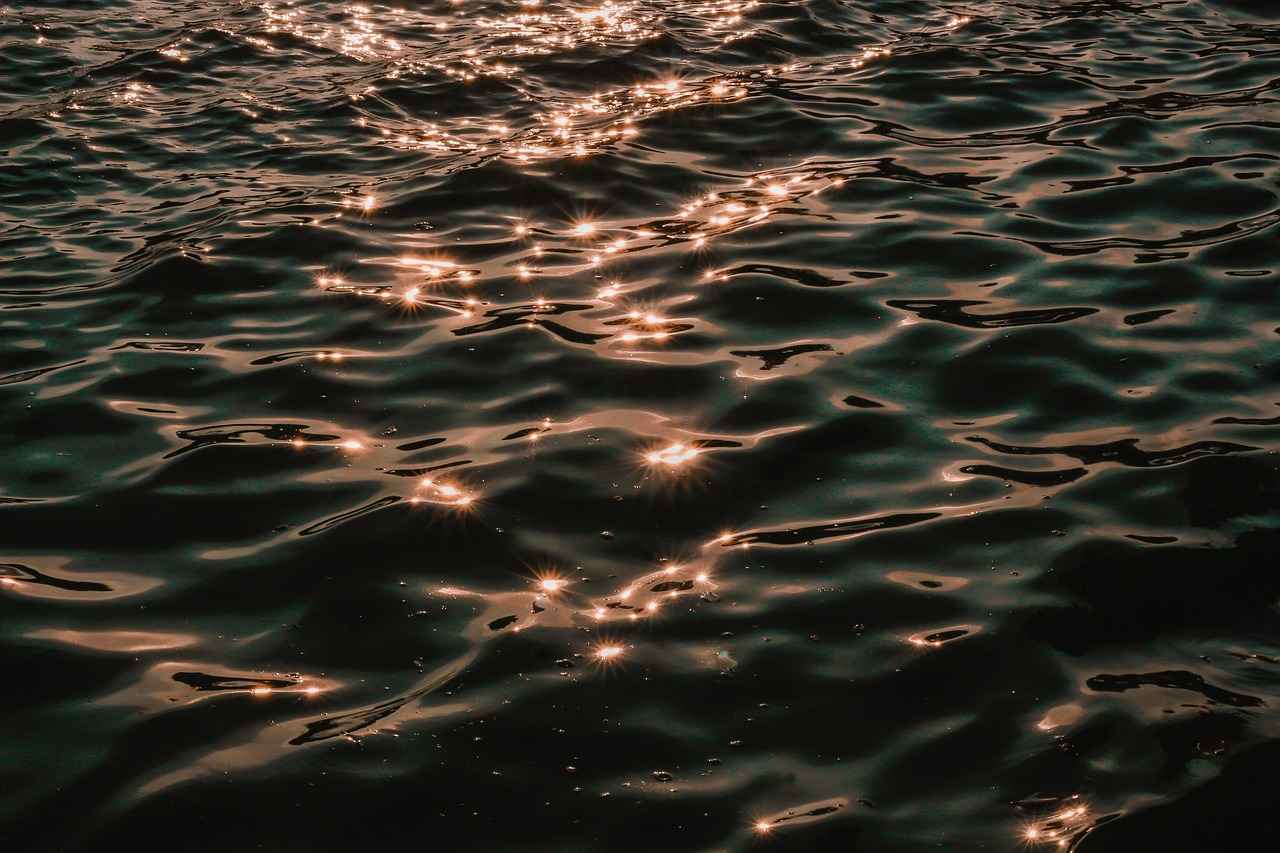
Practical Applications of Freezing Water
Understanding the principles of freezing water is not only a fascinating scientific inquiry but also holds practical applications across various fields. From culinary arts to refrigeration technologies and even climate science, the knowledge of how freezing works can significantly enhance processes and outcomes in these areas.
In cooking, the freezing process is essential for preserving food quality and extending shelf life. Chefs and food scientists utilize freezing techniques to maintain the nutritional value and flavor profile of ingredients. For instance, flash freezing techniques are employed to quickly freeze fruits and vegetables, preventing the formation of large ice crystals that can damage cell structures. This results in better texture and taste when the food is thawed.
In the realm of refrigeration, understanding freezing principles is crucial for designing efficient cooling systems. The freezing point depression principle is applied to create refrigerants that effectively lower temperatures and preserve food. Moreover, the choice of container materials affects heat transfer rates, which in turn influences how quickly items freeze. For example, metal containers typically conduct heat away faster than plastic ones, leading to quicker freezing times.
In climate science, studying the freezing of water is vital for understanding glacial dynamics and climate change. The behavior of ice and snow cover can provide insights into global warming trends. For instance, scientists analyze how changes in freezing and thawing patterns affect ecosystems and sea levels. Additionally, the cryosphere plays a significant role in regulating the Earth’s temperature, highlighting the importance of understanding freezing processes in a broader environmental context.
Industries also leverage freezing principles for various applications. In the pharmaceutical sector, freezing is used for the preservation of biological samples and vaccines, ensuring their efficacy over time. The process of lyophilization, or freeze-drying, is employed to remove moisture from sensitive products without damaging their structure. This technique is especially important for maintaining the stability of medications and nutrients.
Understanding how water freezes can also influence the quality of ice produced for recreational activities, such as ice skating and hockey. Factors such as temperature, impurities, and freezing rates can affect the clarity and hardness of the ice. For instance, slow freezing allows for fewer air bubbles, resulting in clearer and denser ice, which is preferred for sports.
In summary, the principles of freezing water extend far beyond simple observation; they are integral to various sectors including food preservation, climate research, and industrial applications. By harnessing the knowledge of how freezing works, professionals can enhance efficiency, improve product quality, and contribute to a better understanding of environmental changes.
Frequently Asked Questions
- Does hot water always freeze faster than cold water?
No, hot water doesn’t always freeze faster than cold water. This phenomenon, known as the Mpemba effect, occurs under specific conditions. Factors such as the environment, container material, and initial temperatures play significant roles in determining freezing rates.
- What is the Mpemba effect?
The Mpemba effect refers to the surprising observation that hot water can freeze faster than cold water under certain circumstances. It’s a fascinating topic that challenges our understanding of thermodynamics and molecular behavior.
- What factors influence how quickly water freezes?
Several factors can affect freezing rates, including the initial temperature of the water, the type and shape of the container, and environmental conditions like air pressure and humidity. Each of these elements can significantly impact how fast water transitions from liquid to solid.
- Can the quality of ice be affected by water temperature?
Yes, the temperature of water before it freezes can influence the quality of the ice produced. Impurities in the water and the freezing process itself can lead to variations in clarity and texture, making the ice less desirable for certain uses.
- Are there practical applications for understanding freezing rates?
Absolutely! Knowledge of freezing principles is useful in cooking, refrigeration, and even climate science. For instance, understanding how to freeze foods quickly can enhance texture and flavor preservation.
